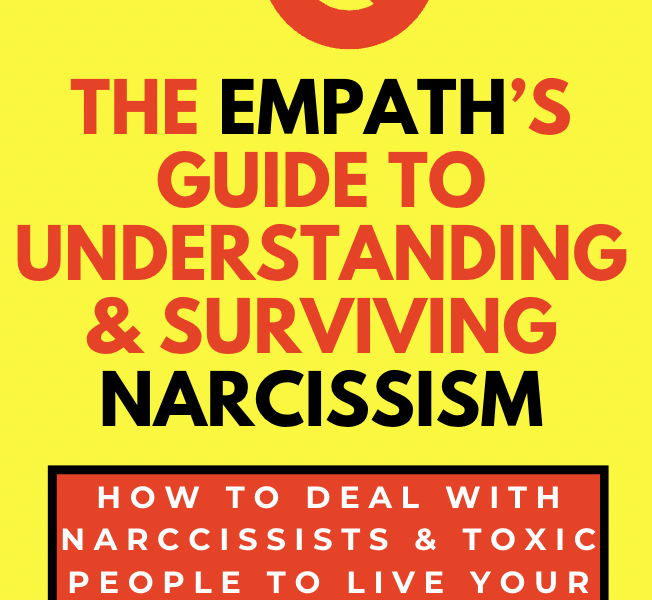The funeral home industry has always been an essential part of society, providing compassionate and necessary services to families in their most difficult times. However, it is also a rapidly evolving industry, and for those interested in investing, understanding the current trends and opportunities is crucial.
When it comes to investing in funeral homes, there are several publicly traded companies that offer the chance to be part of this industry. Some of the major players in the stock market include Service Corp International, Carriage Services, Hillenbrand, Matthews International Corp, and StoneMor Partners. These publicly listed funeral companies allow investors to buy and sell their stocks on major exchanges, providing an opportunity to participate in the funeral industry’s growth.
One diversified investment option in funeral home and death care stocks is M1 Finance’s Gray Wave Portfolio. This portfolio offers a low expense ratio and high dividend yield, making it an attractive option for those looking to invest in funeral service providers.
Key Takeaways:
- Investing in publicly traded funeral homes allows individuals to participate in the growth of the funeral industry.
- Major publicly listed funeral companies include Service Corp International, Carriage Services, Hillenbrand, Matthews International Corp, and StoneMor Partners.
- M1 Finance’s Gray Wave Portfolio provides a diversified investment option in funeral home and death care stocks.
- Understanding the current trends and opportunities in the funeral home industry is crucial before making any investment decisions.
- Investors should consider factors like financial ratios, regulatory landscape, acquisition prospects, and competitive landscape when investing in funeral service providers.
Table of Contents
Are There Any Publicly Traded Funeral Homes?
When it comes to funeral homes, both privately held and publicly traded companies exist. In fact, there are 24 publicly listed death care companies on stock exchanges worldwide. These publicly traded funeral homes offer investors the opportunity to invest in the death care industry and potentially benefit from its growth.
However, it’s essential to consider various factors before investing in publicly traded funeral homes. Factors such as the regulatory landscape, financial ratios, debt levels, acquisition prospects, competitive landscape, and death rate in target markets should be carefully assessed to make informed investment decisions.
It’s worth noting that investing in death care stocks in countries like Japan may present challenges due to translation constraints unless you are fluent in Japanese. Therefore, it’s crucial to evaluate the feasibility and understanding of the local market before considering investment options.
By carefully analyzing these factors, investors can navigate the death care industry and potentially find opportunities to invest in publicly traded funeral homes that align with their investment strategy and goals.
Note: The image above depicts the diversity and global presence of publicly traded funeral homes, showcasing the potential investment opportunities in the death care industry.
Is Owning a Funeral Home Profitable?
Running a funeral home can still be profitable, but industry changes must be considered. Funeral homes can increase profits through various strategies:
- Raising Prices: Increasing funeral prices is one way to boost profitability. However, it’s important to carefully assess public perception and market dynamics when considering this option.
- Making Acquisitions: Expanding the funeral home business through acquisitions can lead to increased market share and revenue streams.
- Increasing Pre-Need Sales: Encouraging individuals to plan and pay for their funeral services in advance can provide a steady source of income.
- Improving Operating Margins: Streamlining operations, optimizing resources, and reducing costs can improve the overall profitability of a funeral home.
- Offering New Services: Diversifying service offerings, such as providing green burials or cremation options, can attract a wider customer base and generate additional revenue.
However, it’s crucial for funeral home owners to strike a balance between profitability and meeting the needs and expectations of grieving families. Maintaining a reputation for providing compassionate and high-quality funeral home services is paramount to long-term success.
How Much Does a Funeral Home Make Per Funeral?
Funeral homes play a crucial role in providing dignified services for those who have passed away. While the primary focus is on honoring the deceased, it’s also important to consider the financial aspect of running a funeral home. Understanding the costs and profits associated with each funeral can help funeral home owners make informed decisions and ensure the sustainability of their business.
On average, the cost of a funeral, including goods and services provided by the funeral home, is approximately $6,000. This cost covers various expenses such as casket or urn, embalming, transportation, floral arrangements, and administrative fees.
However, it’s essential to note that the funeral expenses don’t end there. Families also spend an average of $2,000 on goods and services at the cemetery, including burial plots, grave markers, and memorial services.
To increase their profits, funeral homes can provide additional services that go beyond the basic offerings. These services can include things like arranging flowers, providing a hairdresser for the deceased, or offering personalized keepsakes. By diversifying their service offerings, funeral homes can generate additional revenue and enhance the overall experience for the grieving families.
Despite the importance of funeral services, profit margins for funeral homes have declined over the years. Currently, funeral home profits typically range from 6% to 7%. This decrease is mainly due to various factors, including increasing competition, rising operational costs, and constraints on raising funeral prices due to public perception.
The breakdown of funeral costs and expenses can vary depending on several factors, including location, size of the funeral home, and the specific services provided. By analyzing and understanding these costs, funeral home owners can identify areas for improvement and explore strategies to increase profitability while still providing compassionate and quality services.
To illustrate the breakdown of funeral costs, below is a table showcasing the common expenses and their average percentages in relation to the total funeral cost:
| Expense | Average Percentage of Total Cost |
|---|---|
| Casket/Urn | 30% |
| Embalming | 10% |
| Transportation | 5% |
| Floral Arrangements | 10% |
| Administrative Fees/Overhead | 15% |
| Funeral Staff | 20% |
| Other Expenses (e.g., obituaries, stationary) | 10% |
By carefully examining these costs, funeral home owners can identify opportunities to optimize their expenses, negotiate better deals with suppliers, and streamline their operations to improve profitability. Additionally, exploring innovative services and adapting to changing customer preferences can also contribute to the financial success of funeral homes.
Funeral Home Stocks and the Future Outlook
The funeral home industry is a crucial sector in the death care industry, which is expected to reach revenues of around $68 billion by 2023. As the industry evolves, funeral home stocks provide promising investment opportunities for those looking to capitalize on its growth and resilience.
Several factors are shaping the future of the funeral home industry. Technological innovations in death care services, such as online funeral planning platforms and virtual memorial services, are transforming the way funeral homes operate. Additionally, there is a rising demand for eco-friendly alternatives, including green burials and cremation options, as consumers become more conscious about the environmental impact of traditional funeral practices.
With these industry trends in mind, investors can consider various avenues for their funeral home stock investments. Cremation stocks, funeral exchange-traded funds (ETFs), and diversified death care investments offer potential opportunities for growth and long-term returns.
However, it is essential for investors to conduct thorough analysis and understand the risks associated with funeral home stocks before making investment decisions. This involves evaluating the financial performance of funeral home companies, monitoring industry trends, and staying updated with consumer preferences. By doing so, investors can position themselves to benefit from the future outlook of the funeral home industry.


